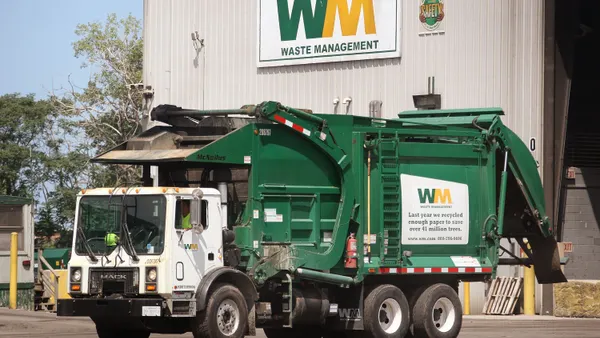Dive Brief:
- Satellite operator DigitalGlobe, the Central Intelligence Agency's (CIA) venture arm In-Q-Tel, computer chip company Nvidia and Amazon have teamed up for a new digital mapping project called SpaceNet.
- The SpaceNet project will train artificial intelligence to analyze high-resolution satellite photos from a set that will eventually include half a million square kilometers of the Earth's surface.
- Potential applications for this include detailed mapping of individual buildings, landscape features, traffic patterns and waste generation.
Dive Insight:
The ability to track waste generation down to specific piles could be very useful for both municipal and private collection operations. In addition to helping spot problem areas, this knowledge could also help fleet managers plot more efficient routes. Outside of standard daily operations this capability would also be particularly helpful to map clean-up needs after natural disasters or snow storms.
Companies such as Rubicon and Recycle Track Systems have already begun to show the potential for routing efficiencies and on-demand pick-ups made possible by new technology. Landfills are also beginning to use drones for aerial monitoring and researchers are testing the potential for 3-D lasers to map beach trash.
As the potential applications of all of these projects become more apparent in the coming years, along with new developments that can't even be predicted yet, it's safe to say that technology's role in changing the waste industry has only just begun.











